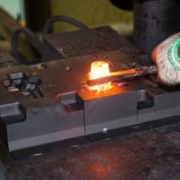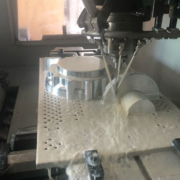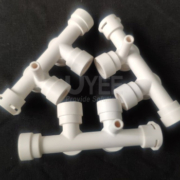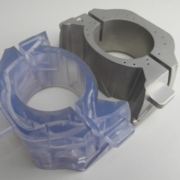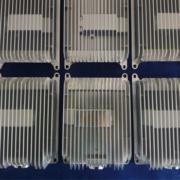CNC Machining and 3D Printing Shape the Future of Medical Device Industry
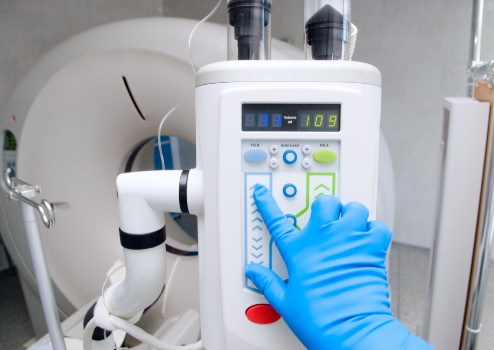
The production, medical appliances, and prosthetic industries have a rich, long, and successful history of collaboration. However, the goals of medical revolutionaries to cure the human body inside are only as feasible as their capacity to accomplish them, in the last stage of manufacture, when invention, reliability, and innovation come into play, past unheard-of medical findings.
These two techniques are used in medical devices and prosthetics
Prosthesis and medical implants are among the most astounding technologies that enhance life and, in some circumstances, save a life. One of the significant successes of medical history is repairing and replacing vital processes when the human body cannot do so. As innovations in that field continue, innovations in materials, efficiency, and technology have maintained manufacturing at the forefront of these advancements. CNC machining and 3D printing are two essential techniques in medical devices and prosthetics. Here’s how it’s done.
CNC Machining in Medical Industry
CNC machining has had a huge effect on high-precision and close-tolerance production, maybe more than any other technology. In addition, the capacity to use computerized coordinates (supported by highly qualified and specialized machine operators) opened the path for progress in many areas, from aviation to architecture and medicine, of course.
Accuracy and precision are, of course, vital to the success of medical devices and prostheses. For devices built for seamless interactions with the human body, little or no margin for mistake lies, whether it’s to ensure a perfect fit for prothesized devices or to need great precision, to minimize interference in other essential body systems for internal implants.
The variety of materials that may be CNC machined also contributes significantly to the process’s importance in the medical profession. Medical implants and prostheses can address a wide range of demands, and as such, they have varying requirements for strength, flexibility, and other characteristics. The capacity to CNC make mechanical- and production-grade pieces from the most rigid materials ensure that a device’s or piece’s integrity, adaptability, and strength are never in doubt.
Scalability is another area where custom machined medical component has had a significant impact on medical device manufacture. CNC machining can be too expensive in such instances. Even specialized features, such as prosthetics, can be made with standardized components, such as fasteners and hinges. Internal Implants, on the other hand, maybe suited for broader, less-customized manufacture. CNC manufacturing may be extremely beneficial in these situations since it can produce key components in large quantities at a substantially cheaper cost than short runs or less-scalable techniques.
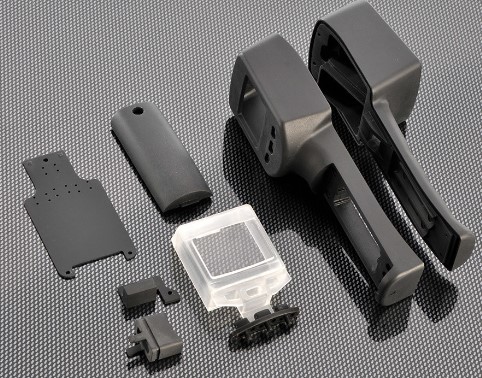
Before making an option with 3D printing , you could also consider the following benefits of CNC machining:
- A diverse selection of materials, including production-grade plastics and metals
- Highly scalable for scenarios requiring standard parts or components
- Unrivaled precision
- Quick manufacturing after the development and setup steps get done (these stages can require longer lead times for initial production runs)
3D Printing and the Medical Industry
Prosthetics is a major field where 3D printing has had an impact. Whereas CNC machining can be time-consuming and prohibitive for a one-of-a-kind, a highly personalized product like a prosthetic, 3D printing can give significant savings and economies in such areas. Unlike CNC machining, which necessitates a lengthy design creation and programming procedure, 3D printing only necessitates downloading a CAD drawing to the machine. Lead times can be shortened from months or weeks to nearly nothing by scanning, uploading, and printing.
Even before those material advancements, 3D printing continues to improve in that area. 3D printing, which gets typically linked with polymers and prototype-grade production, is becoming more capable of handling metals as well. 3D printing has progressed well beyond the stringy skeletal parts that people may connect with the method for the many scenarios where rubber and other polymers are ideal for use. The additive manufacturing technology on which 3D printing gets based can produce solid, durable, high-strength rubberized components, prostheses, and implants that can and have withstood even the most rigorous wear and tear.
3D printing has a great deal of promise before the end. Today’s medicine seems to be about to come when scientists and physicians create technology and materials that they can use to print tissues, skin, and even inner organs in 3D. Here is an outline of the benefits, advantages, and possibilities of 3D printing:
- CAD-based 3D printing allows for shorter lead times and, in some situations, faster manufacturing than CNC milling.
- The ability to create medical-grade, sturdy, and solid components, rather than just prototypes
- Medical discoveries of the future will be based on the frontiers pushed by 3D printing today.
Will 3D printers eventually replace CNC machining?
Today’s 3D printing technologies are incompatible with hard steels and other materials, and they lack the efficiency and mechanical strength required for large-scale production. As a result, 3D printers are unlikely to replace CNC machining shortly. Machining is still one of efficient methods of producing medical components. And, with the proper rapid manufacturing partner, it can significantly reduce its few constraints. We provide precision machining services for some of the world’s largest medical OEMs, generating new designs for optimum manufacturability and client success.
Connect with us now to learn more about our CNC manufacturing capabilities and how they help position your production for success. For further information about 3D printing and processing compared to traditional production, please contact us.

